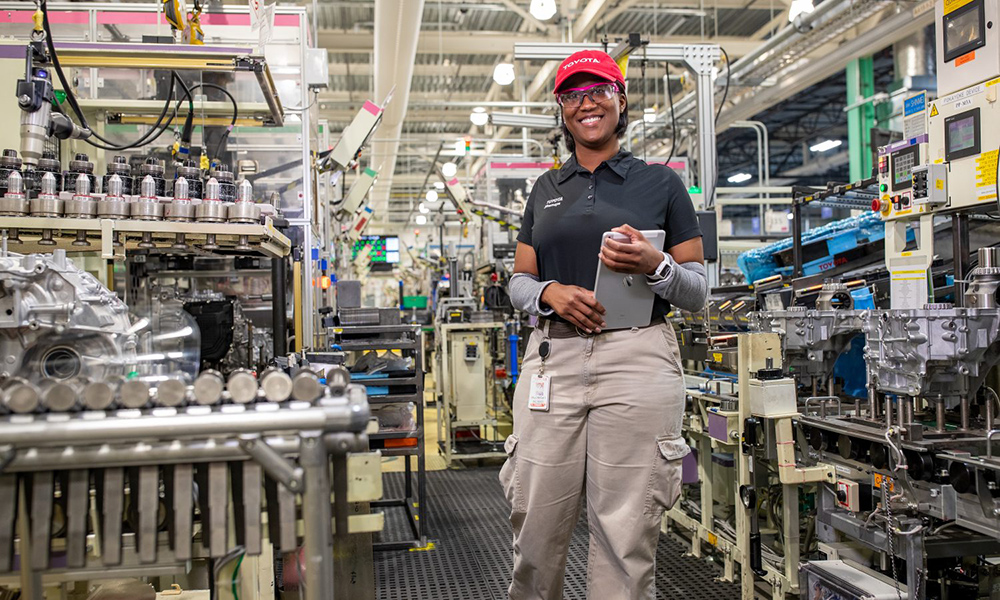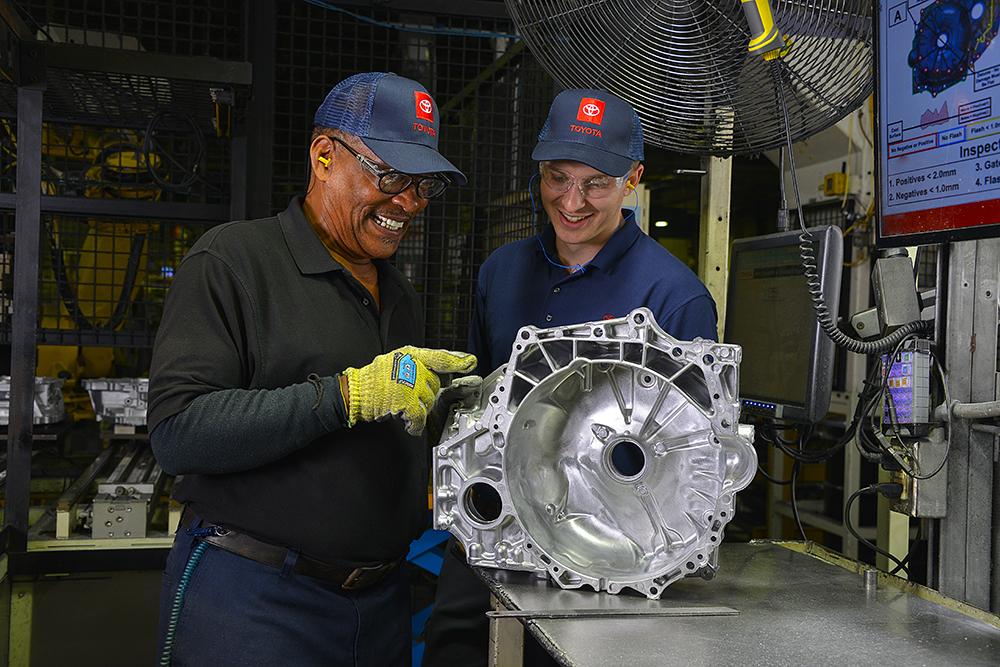
Toyota has a credibility problem when it comes to e-mobility. The giant automaker’s corporate right hand pursues a number of EV initiatives around the world, while its left hand continues to spread misinformation and lobby against pro-EV policies.
Many are hopeful that the recent changes in the company’s executive suite portend a new, more electric strategy. Toyota recently held a technical briefing session, dubbed the Toyota Technical Workshop, which delivered several bits of encouraging news, but didn’t announce anything like the electrification initiatives that are underway at Ford, GM and the Volkswagen Group.
“In the area of electrification, we will continue to pursue a multi-pathway approach, including the introduction of optimal powertrains for each region,” Toyota reiterated. This sounds like the same old cynical strategy that most legacy automakers are pursuing—as polluting ICE vehicles are phased out in China and Europe, they hope to sell more in developing countries, while hyping hybrids as a cheap sop for North American buyers.

In May, Toyota launched BEV Factory, which is not actually a manufacturing facility, but rather “an organization dedicated to battery EVs.” The name may not quite work in English, but this is a positive development. As several legacy automakers have found, it’s a good idea to separate EV production and marketing from the dead weight of corporate structures built around ICE production.
“We will roll out next-generation BEVs globally and as a full lineup to be launched in 2026,” says Toyota. “By 2030, 1.7 million units out of 3.5 million overall will be provided by BEV Factory.”
Toyota says it plans to develop a vehicle with a range of 1,000 km. This announcement quickly generated the desired headlines in the mainstream press, but EV cognoscenti mostly responded with a ho-hum (or a “La-de-frickin-da!” for Chris Farley fans). What the market really craves is lower prices, not more range that most drivers will never need. We’re more intrigued by the new Arene OS (an integrated vehicle OS à la Tesla?) and “full OTA” (over-the-air updates, another long-overdue innovation).
More shades of Tesla: “On the manufacturing axis, the car body will be constructed from three main components in a new modular structure,” says Toyota. “Adopting giga casting will allow significant component integration, which contributes to the reduction of vehicle development costs and factory investment. In addition, self-propelling production technology will reduce the processes and plant investment by half.”
More good news: Toyota is accelerating its development of solid-state batteries. “The next-generation battery EVs will adopt new batteries, through which we are determined to become a world leader in battery EV energy consumption.” The automaker says it has made a technological breakthrough that improves the durability of its all-solid-state batteries, and is considering introducing them to hybrids as well as to BEVs.

Does it sound like Toyota has finally seen the electric light? Not so fast. Alongside the new BEV Factory, there will also be a Hydrogen Factory. Toyota thinks the global fuel cell market is going to be worth some 5 trillion yen (about $36 billion) in 2030. It is promoting external sales of fuel cells using the Mirai’s hydrogen units, and says it has received “offers for external sales of 100,000 units by 2030,” most of them for use in commercial vehicles.
While plenty of journalists (and the stock market) hailed the latest announcements as the dawn of a new day, those who’ve done the math tend to be more skeptical. Toyota’s still talking about 1.7 million EVs a year by 2030. That’s less than 20% of its total production in 2022, and it’s less than Tesla’s current EV production. Meanwhile, The Volkswagen Group aims to be producing 8 million EVs in 2030 (80% of total production) and Ford Motor is shooting for 2 million by 2026.
Prolific EV writer James Carter called the establishment of the new BEV Factory “at best only a cautious step, and still far behind other OEMs.” Carter points out that, if Toyota sticks with its timid production targets, it’s going to have a little problem in some of its biggest markets. Assuming that the current political support for EVs holds up, ICE vehicles are going to be unsaleable in Europe, Canada and California by 2035, and in the UK by 2032.
from Charged EVs https://ift.tt/d8361TA


No comments:
Post a Comment